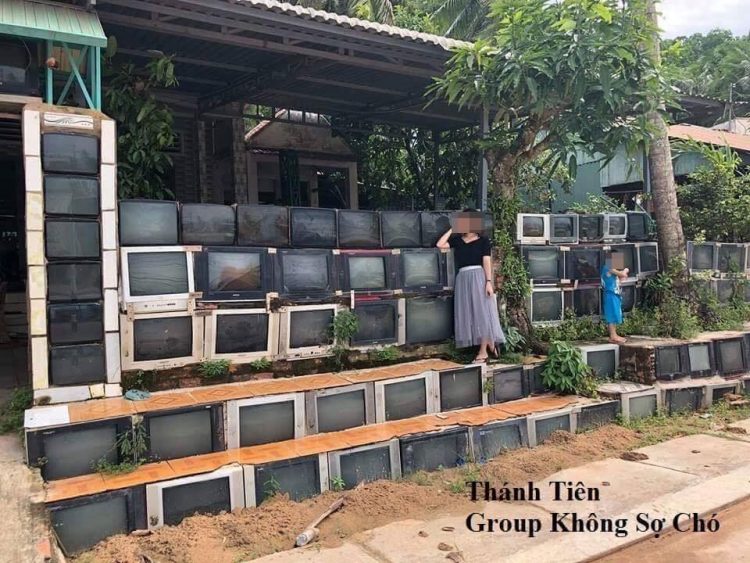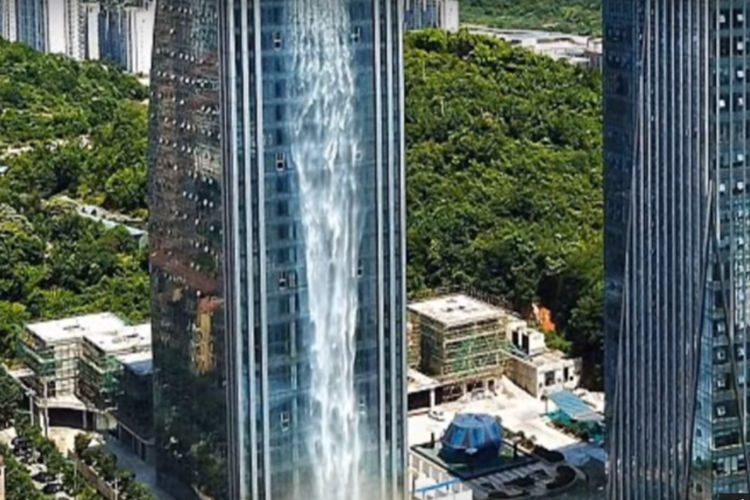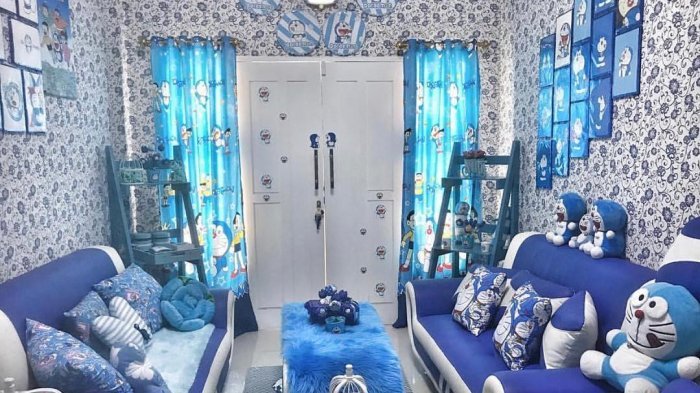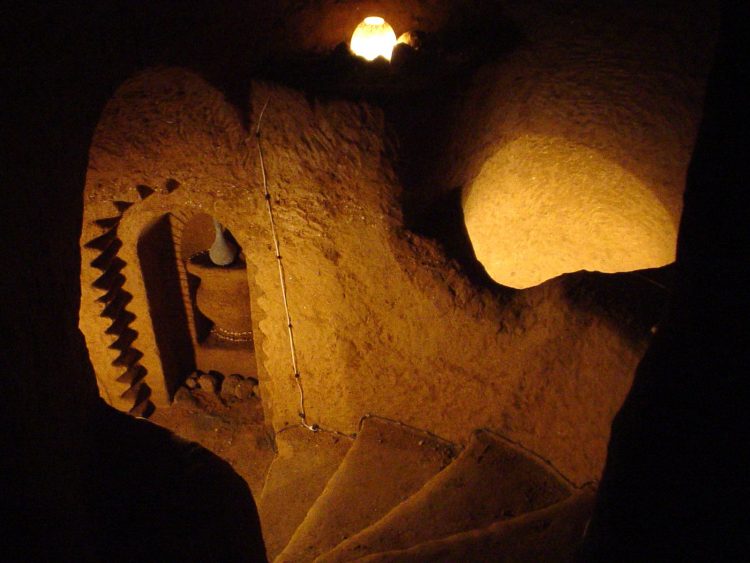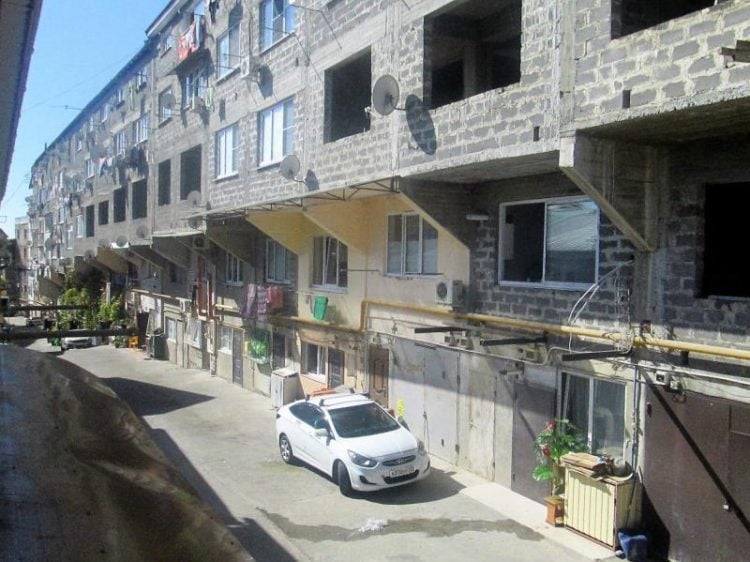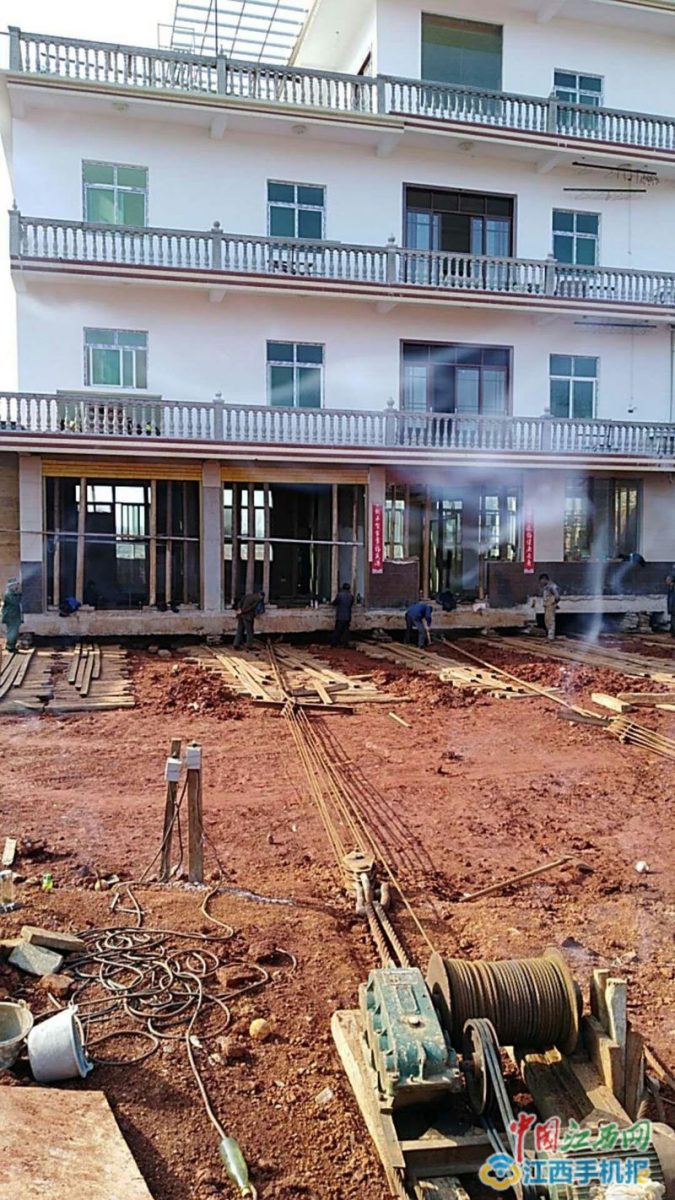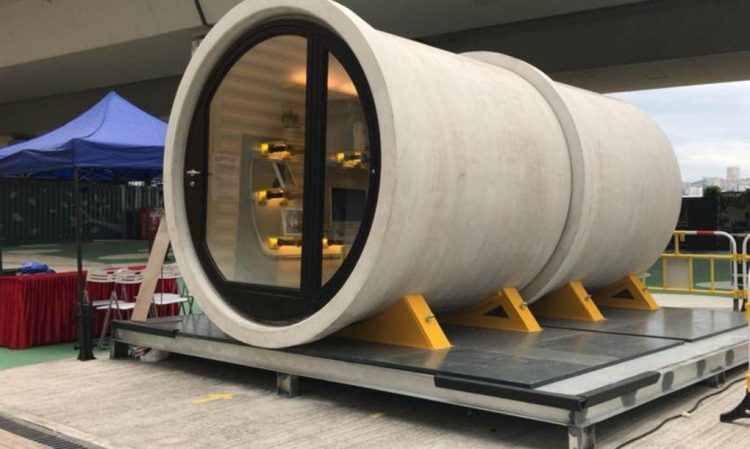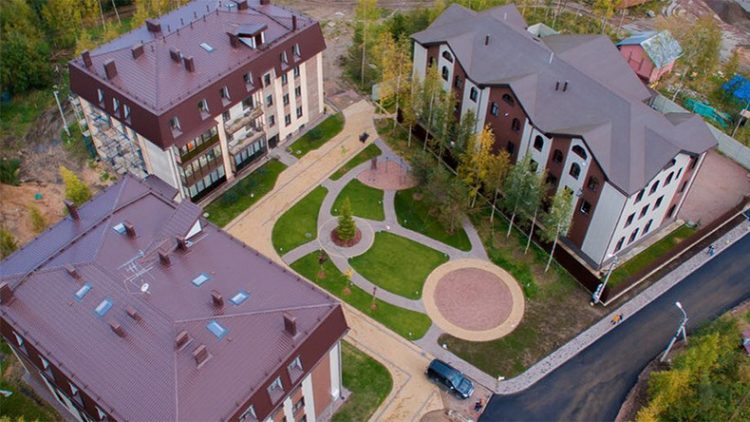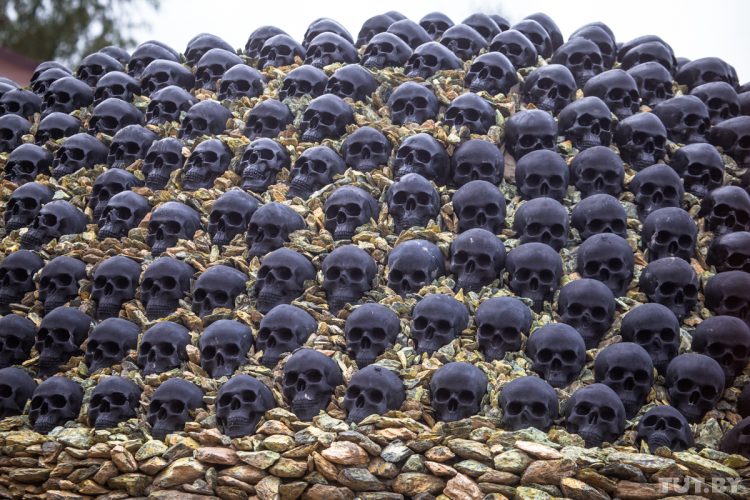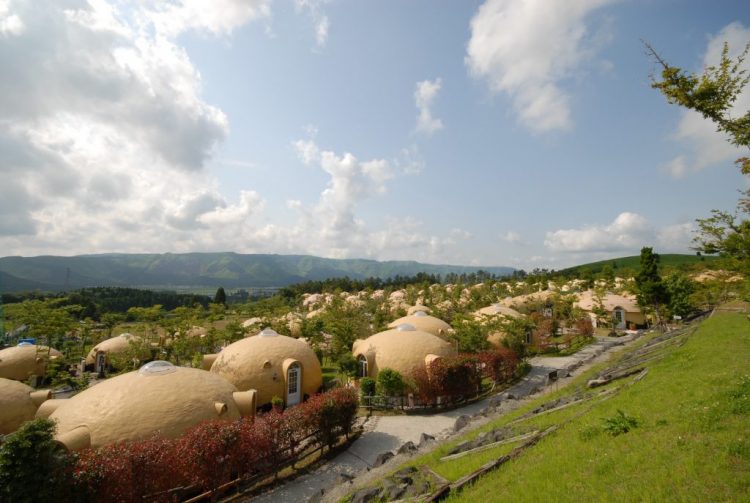Photos of a small house on the Vietnamese island of Hon Thom have getting a lot of attention on social media for its unique fence made exclusively out of discarded old television sets.
The unusual house is reportedly located on the road to Hon Thom cable car and is very popular with tourists, for obvious reasons. After all, it’s not every day that you pass by a fence constructed out of old, but somehow intact television sets. How those old cathode ray tubes haven’t been shattered by strong winds or vandals is a mystery, as is the reason why the owner decided on this particular material for the fence. Perhaps a television repairman lives there, or perhaps someone just hoarded them and one day decided to put them to good use. Whatever the reason, there’s no denying that the fence is a good way to attract attention.

